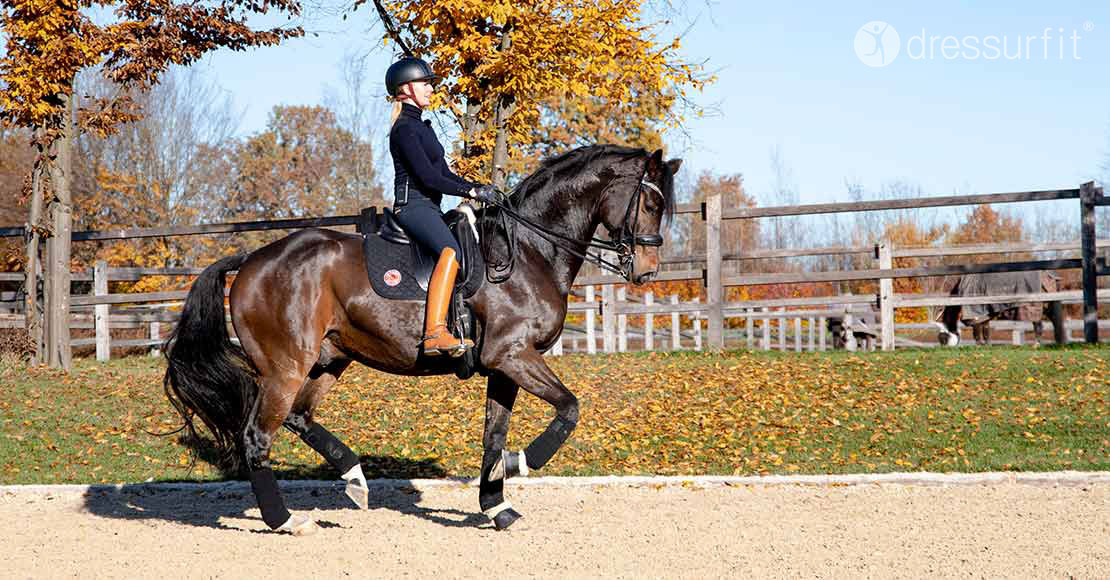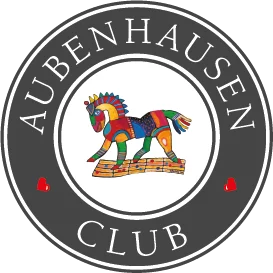
The Biomechanics of a good Dressage Rider
As a dressage rider, we want our horse to move with energy and power. At the same time, the horse must stay balanced and relaxed – everything should appear light and effortless. The rider must have a good level of fitness so that they are able to absorb, control and shape the horse through their own movements. To achieve this, having a stable seat is a basic requirement for any rider to have. “We need a strong core so that we can sit quietly in the saddle” explains Jessica.
The Team World Champion rides between eight and ten horses each day – horses of different ages and levels of ability, horses with differing movements, strengths and weaknesses. “For me it is important that I am able to sit on each horse with a stable and supple seat. This allows me to really bring out the full potential of each horse. I don’t want to get in the way or block the movements of the horse in any way – I want to be able to help shape it. First and fore most we need to have good balance. Good balance in ourselves is necessary to balance the horse. This lets us then really sit ‘in’ the horse.” A dressage rider must have good control of their body. Jessica explains: “I need positive body tension and a strong core, allowing me to sit upright and stable – in control. My hands at the same time are soft and steady on the bit. Hands and torso need to respond to all movements and act independently of one another. You see a lot of riders jerk their hands with every trot and canter stride – pulling each time on the mouth of the horse. This is not what we want to have! It interferes with everything and prevents us from communicating with soft and subtle aids to our horse. My hands need to go with the horse’s neck movements whilst keeping my seat stable and in balance.”
Good fitness is key to success. It gives you a stable seat, allows you to effectively communicate with subtle aids, and gives you total control in the saddle. Not to mention that it is also great for your health and well-being in general. As Marcel Andrä explains: “Riding is not the most physically demanding of all the sports, however, the fitter and healthier you are as a rider, then the longer you are able to practice the sport in a healthy and injury-free way.” Marcel explains further: “A rider can have the greatest, most capable horse in the universe, but if the rider has a poor level of fitness, then they will never be able to ride the horse to its full potential – you just won’t be able to access that extra ‘something’ that the horse has.”
From a physiological point of view, the rider can be divided into two distinct areas: the rider needs to have mobility, and they need to have stability. “Mobile hips are extremely important as well as flexible ankle joints – these are examples of where riders have to work on their mobility,” explains Marcel Andrä. “The torso on the other hand needs to be strong and stable, so that the arms and hands can move freely and independently without losing the overall stability and balance. Staying supple and relaxed, while at the same time maintaining good body tension is the greatest challenge for many dressage riders.”
Would you like to get more support and a personal training plan to improve your dressage seat? Sign up for your DressurFit® Membership by clicking here!
